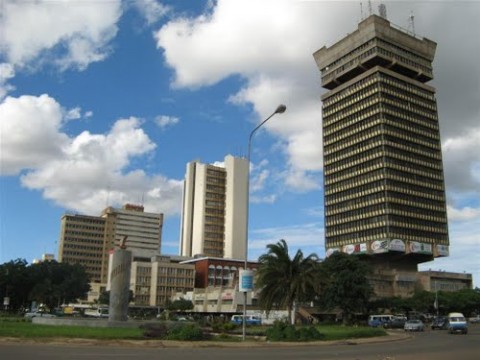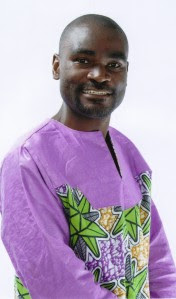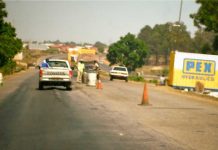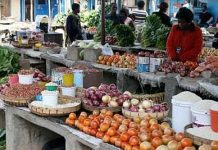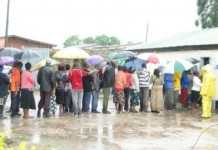The City of Lusaka, as messy as it is, is still very strategic to the economic interests of our country. We must take great care of the hands that feed us. As a nation, we must arrange and repackage this city in ways that would ensure development for its people and generally for Zambia. The government should repackage Lusaka at two levels: first at the political administrative level and secondly, at the municipal level. There is just no other way we could solve the urban problem presented by Lusaka than finding different ways of how to run this capital city of our republic.
A number of analysts have pointed out the infrastructure deficit in Lusaka. I will not repeat those concerns here. They are eloquently loud and insolently clear. Lusaka is catering for far too many people than it was originally designed to hold. We have slightly over 2 million inhabitants in Lusaka. With this population increase we must change our approach to the way we govern and lead this city. The Patriotic Front government should begin to prioritize the local government administration of Lusaka. I wish to propose some reforms for the city of Lusaka and with that the province of Lusaka as well.
At political administration level, the Province of Lusaka should be split into two so that the current city of Lusaka boundary becomes a province on its own. The new province must have its own provincial minister and administration. Transforming the current Lusaka city into a province will ensure that the provincial administration takes the time to concentrate on trying to resolve unique issues faced by this huge urban dump. Currently, the Lusaka Province political administration spreads from Chirundu to Lusaka. This is a very huge area incorporating rural areas as well as the metropolitan Lusaka. Under current circumstances, the provincial administration will have to spread resources between the urban and rural areas. From experience, we know that challenges faced by the city dwellers are somewhat different from those in rural Lusaka province. Balancing these disparate needs is a huge challenge. Having the urban Lusaka become a province on its own could mitigate this. Consequently, if rural areas are unglued from the city, it will give time and space for these rural areas to develop and to craft a development agenda suited to rural realities. It would be a win-win situation.
Arguments have been made to divide Northwestern Province into two or three provinces. In fact, the PF government has moved to create a new province splitting the Northern Province into two. Muchinga has become Zambia’s 10th province. From this we can tell that land mass is the major determinant in President Sata’s local government strategy. I do not fault him for this. However, added to this land mass strategy should be the population density strategy. Using the density strategy it is clear that the City of Lusaka already carters for far more people than the entire Copperbelt Province. Lusaka city has more people than both Muchinga and Northern provinces. Additionally, Lusaka city population is more than Luapula and Northwestern combined. If there is any reason why this city should be made into a province, this should be it.
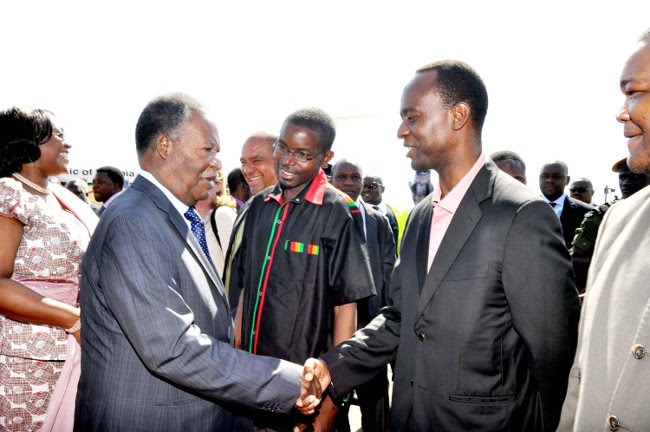
The 2 Satas – The President of Zambia and the Mayor of Lusaka – 2014
The changes I am proposing at the political administration level should also be happening at the local municipal level in Lusaka. The current city of Lusaka is unsustainable under one municipal authority. We have to think differently. The PF has been on rampage creating close to 30 new districts from 2011 to date. Most of these new districts are in rural areas with far fewer populations. Again, I think there is good reason to create new districts in Lunga, Nsama, or Chembe. But while doing this for rural areas, the PF should also look at the urban strategy and perhaps create some districts in the current Lusaka city municipality. It is absurd that the City of Lusaka should have one local authority presiding over close to 2 million inhabitants. The residents of Lusaka are the least represented per capita in terms of municipal representation. There is a smaller councilor to citizen ratio in Milenge District than in the Lusaka municipality. This is even though Lusaka city supplies more economic value to Zambia than Milenge. We must provide to Lusaka the local government profile best suited to its needs. The Lusaka Civic Centre just cannot effectively provide services to 2 million people.
At municipal level, Lusaka city should be divided into four or five smaller municipal units that are more manageable. These municipal units could be divided along constituency lines. So Matero could be a municipality, Mandevu its own municipality and so on. These new councils could have their-own councilors and mayor. Smaller municipal units will be closer to the people. Smaller municipal units will leverage resources far much better than can a Mayor who presides over 2 million people. In fact, with 2 million people, the current Lusaka City arrangement is so politicized that any resources it has will always go towards the areas where the politicians live. This is no wonder the City of Lusaka fire department has diverted its fire trucks to water President Sata’s “ulunkoto” at State House and surrounding areas. Perhaps time has come to stop this abuse, and let the people of Matero or Mandevu to have a local government closer to them. If Munali, became a municipal unit, it could collect levies and deal with municipal issues better suited to its unique needs.
Smaller municipal units also make sense for Lusaka in terms of spreading the Lusaka wealth. Imagine what Mandevu could do if it begins levying its own market levy and its own business licenses. It could also provide employment for countless young people bringing development to their local areas. Smaller municipal units could also easily leverage donor funding and support. Currently, the city of Lusaka cannot do this in its current form. All resources get diverted to the rich and powerful areas, to the amayadi. In the current arrangement, Woodlands, Kabulonga and State House will always take priority. This must end. And the best way to end it is by giving power to the people and let the locals of Kabwata to control their own local resources.
Further centralization of power is not good for the development of an overgrown city like Lusaka. To help Lusaka flourish, we must change something about it. We must begin to think differently. We must leverage the population that Lusaka currently has. We must take the population as a blessing. We must invent new ways of providing services to this huge population. There is no better way to get started on doing this by truly devolving power to the smaller units. Having started on this new local government agenda, the PF government should expand it to include not only Chembe in Luapula but also Chawama in Lusaka.

 JOIN DRIVERN TAXI AS PARTNER DRIVER TODAY!
JOIN DRIVERN TAXI AS PARTNER DRIVER TODAY!